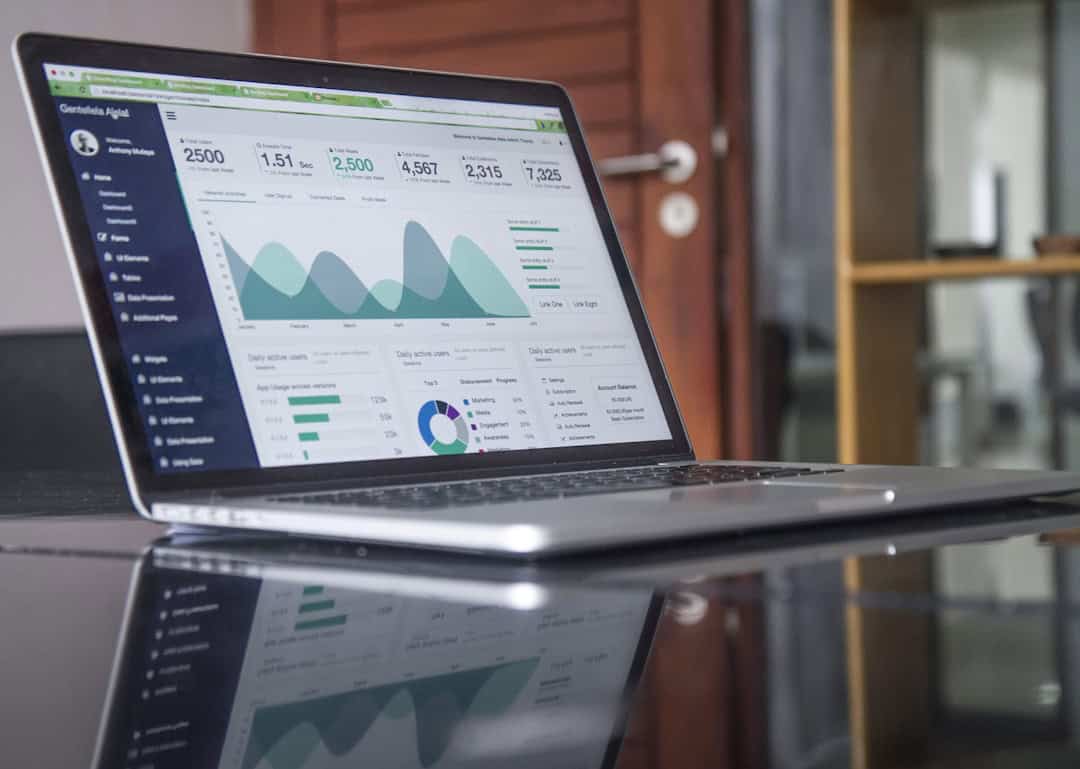Neural networks are a key component of artificial intelligence (AI), drawing inspiration from the human brain’s structure and function. They consist of algorithms designed to identify patterns in various types of data, including images, sound, and text. These patterns can be utilized for making predictions or decisions.
neural networks are composed of interconnected nodes, or neurons, that collaborate to process and analyze information. Each neuron receives input, processes it, and transmits the output to the subsequent layer of neurons, continuing until the final layer produces the result. Artificial intelligence refers to the replication of human intelligence in machines programmed to think and act like humans.
AI encompasses a broad range of technologies, such as machine learning, natural language processing, and robotics. Neural networks play a vital role in AI by enabling machines to learn from data and make data-driven decisions. They form the foundation of numerous AI applications and possess the ability to learn and adapt to new information, making them powerful tools for addressing complex problems.
Key Takeaways
- Neural networks are a key component of artificial intelligence, designed to mimic the human brain’s ability to learn and adapt.
- Neural networks play a crucial role in AI by processing and interpreting complex data, enabling machines to make decisions and predictions.
- Training and fine-tuning neural networks involves adjusting parameters and algorithms to improve accuracy and performance.
- Neural networks are applied in various fields such as image and speech recognition, natural language processing, and autonomous vehicles.
- Challenges in neural network development include data limitations, overfitting, and computational resources, which can be overcome with innovative solutions and advancements in technology.
The Role of Neural Networks in AI
Applications of Neural Networks
Neural networks are used in a wide range of AI applications, including image and speech recognition, natural language processing, and autonomous vehicles. They are also used in industries such as healthcare, finance, and manufacturing to analyze large amounts of data and make predictions or recommendations.
Advantages of Neural Networks
One of the key advantages of neural networks in AI is their ability to learn from data. This means that they can improve their performance over time as they are exposed to more data. This is known as training, and it involves feeding the neural network with labeled data so that it can learn to make accurate predictions or decisions.
Training and Fine-Tuning Neural Networks
Once the neural network has been trained, it can be fine-tuned to improve its performance even further. This process involves adjusting the parameters of the neural network to optimize its performance for a specific task or application. Overall, neural networks are essential for AI because they enable machines to learn from data and make decisions based on that data, ultimately leading to more intelligent and capable systems.
Training and Fine-tuning Neural Networks
Training neural networks is a crucial step in their development and involves feeding the network with labeled data so that it can learn to make accurate predictions or decisions. During the training process, the neural network adjusts its internal parameters based on the input data in order to minimize errors and improve its performance. This is typically done using an algorithm called backpropagation, which calculates the gradient of the error with respect to each parameter in the network and uses this information to update the parameters in the direction that minimizes the error.
Once a neural network has been trained, it can be fine-tuned to improve its performance even further. Fine-tuning involves adjusting the parameters of the neural network to optimize its performance for a specific task or application. This can involve tweaking the network architecture, adjusting the learning rate, or using different optimization algorithms.
Fine-tuning is an iterative process that requires experimentation and testing to find the best configuration for the neural network. Overall, training and fine-tuning are essential steps in developing neural networks for AI applications, as they enable the network to learn from data and improve its performance over time.
Applications of Neural Networks in AI
| Application | Description |
|---|---|
| Image Recognition | Neural networks are used to identify and classify objects within images. |
| Natural Language Processing | Neural networks are used to understand and process human language, including speech recognition and language translation. |
| Recommendation Systems | Neural networks are used to analyze user preferences and provide personalized recommendations for products or content. |
| Medical Diagnosis | Neural networks are used to analyze medical images and data to assist in diagnosing diseases and conditions. |
| Autonomous Vehicles | Neural networks are used to process sensor data and make decisions for self-driving cars and other autonomous vehicles. |
Neural networks are used in a wide range of AI applications, including image and speech recognition, natural language processing, and autonomous vehicles. In image recognition, neural networks are used to analyze and classify images based on their content. This has applications in fields such as healthcare, where neural networks can be used to analyze medical images and diagnose diseases.
In speech recognition, neural networks are used to transcribe spoken language into text, enabling applications such as virtual assistants and voice-controlled devices. Natural language processing is another area where neural networks are widely used in AI. They are used to analyze and understand human language, enabling applications such as language translation, sentiment analysis, and chatbots.
In autonomous vehicles, neural networks are used for tasks such as object detection, lane tracking, and decision-making. Overall, neural networks have a wide range of applications in AI and are essential for enabling machines to understand and interact with the world around them.
Overcoming Challenges in Neural Network Development
Developing neural networks for AI applications comes with a number of challenges that need to be overcome. One of the main challenges is the need for large amounts of labeled data for training. Neural networks require vast amounts of data to learn from, and obtaining labeled data can be time-consuming and expensive.
Another challenge is the need for computational resources to train and run neural networks. Training large neural networks can require significant computational power, which can be costly and time-consuming. Additionally, developing neural networks requires expertise in areas such as machine learning, mathematics, and computer science.
Finding individuals with the right skills and knowledge can be challenging, particularly as demand for AI talent continues to grow. Finally, there are challenges related to the interpretability and transparency of neural networks. As neural networks become more complex, it can be difficult to understand how they arrive at their decisions, which can be a barrier to their adoption in certain industries.
Overall, overcoming these challenges is essential for advancing the development of neural networks for AI applications.
Harnessing the Potential of Neural Networks for AI

Despite the challenges involved in developing neural networks for AI applications, there is significant potential for harnessing their power to solve complex problems. Neural networks have already demonstrated their ability to outperform humans in tasks such as image recognition and natural language processing. As technology continues to advance, neural networks have the potential to revolutionize industries such as healthcare, finance, and manufacturing by enabling more intelligent and capable systems.
One way to harness the potential of neural networks is through collaboration and knowledge sharing within the AI community. By working together, researchers and developers can share best practices, tools, and resources for developing neural networks more effectively. Additionally, investing in education and training programs can help address the shortage of AI talent by equipping more individuals with the skills needed to develop neural networks.
Finally, continued research into areas such as explainable AI and ethical considerations can help address concerns related to the interpretability and transparency of neural networks. By addressing these challenges and harnessing the potential of neural networks for AI, we can unlock new opportunities for innovation and advancement in a wide range of industries.
The Future of Neural Networks and AI
The future of neural networks and AI is filled with exciting possibilities as technology continues to advance at a rapid pace. Neural networks have already demonstrated their ability to outperform humans in tasks such as image recognition and natural language processing, and as technology continues to evolve, their capabilities will only continue to grow. One area with significant potential for growth is in healthcare, where neural networks can be used to analyze medical images, diagnose diseases, and personalize treatment plans.
In finance, neural networks can be used for tasks such as fraud detection, risk assessment, and algorithmic trading. In manufacturing, they can be used for predictive maintenance, quality control, and supply chain optimization. As technology continues to advance, we can expect to see more sophisticated neural networks that are capable of learning from less data and making more accurate predictions.
Additionally, advancements in areas such as explainable AI will help address concerns related to the interpretability and transparency of neural networks. Overall, the future of neural networks and AI is bright, with endless opportunities for innovation and advancement across a wide range of industries. By continuing to invest in research and development, education and training programs, and collaboration within the AI community, we can unlock new possibilities for harnessing the potential of neural networks for AI applications.
If you’re interested in learning more about the regulatory landscape of the metaverse, check out this article on challenges and opportunities in the regulatory landscape. It discusses the potential impact of regulations on the development and use of the metaverse, providing valuable insights for those interested in the intersection of technology and policy.
FAQs
What is an artificial neural network (ANN)?
An artificial neural network (ANN) is a computational model inspired by the structure and function of the human brain. It is composed of interconnected nodes, or “neurons,” that work together to process and analyze complex data.
How does an artificial neural network work?
An artificial neural network works by receiving input data, processing it through multiple layers of interconnected neurons, and producing an output. The network learns from the data it processes and adjusts its connections (weights) to improve its performance over time.
What are the applications of artificial neural networks?
Artificial neural networks have a wide range of applications, including image and speech recognition, natural language processing, financial forecasting, medical diagnosis, and autonomous vehicles. They are also used in various fields such as finance, marketing, and manufacturing for data analysis and pattern recognition.
What are the different types of artificial neural networks?
There are several types of artificial neural networks, including feedforward neural networks, recurrent neural networks, convolutional neural networks, and deep learning networks. Each type is designed for specific tasks and has its own unique architecture and learning algorithms.
What are the advantages of using artificial neural networks?
Some advantages of using artificial neural networks include their ability to learn from data, handle complex and non-linear relationships, and adapt to new information. They can also be used for tasks that are difficult to program using traditional algorithms.
What are the limitations of artificial neural networks?
Limitations of artificial neural networks include the need for large amounts of data for training, the potential for overfitting, and the “black box” nature of some models, which makes it difficult to interpret their decision-making process. Additionally, training and optimizing neural networks can be computationally intensive.











Leave a Reply